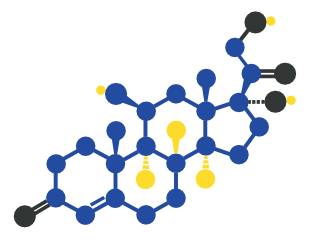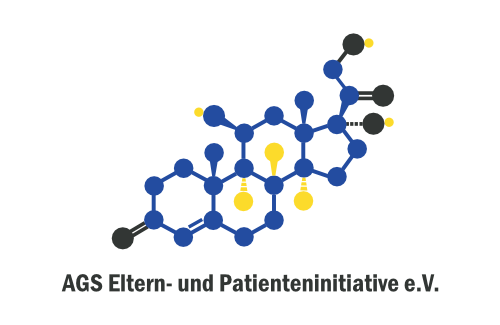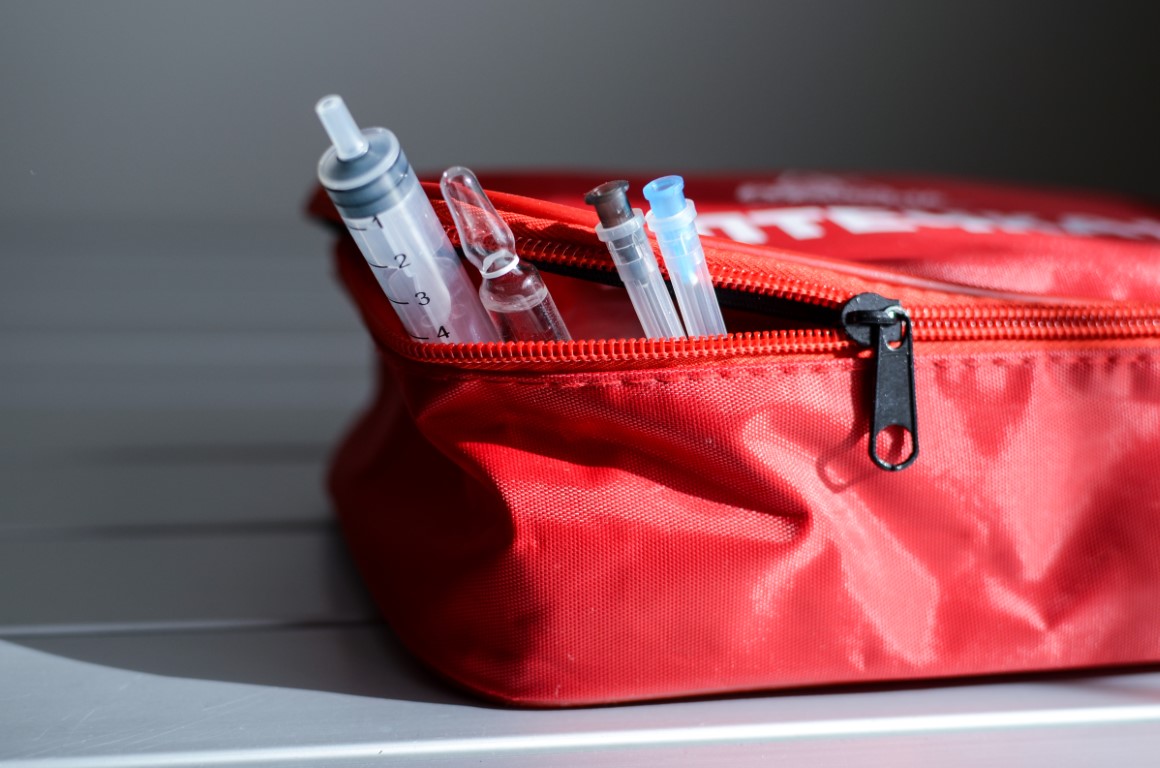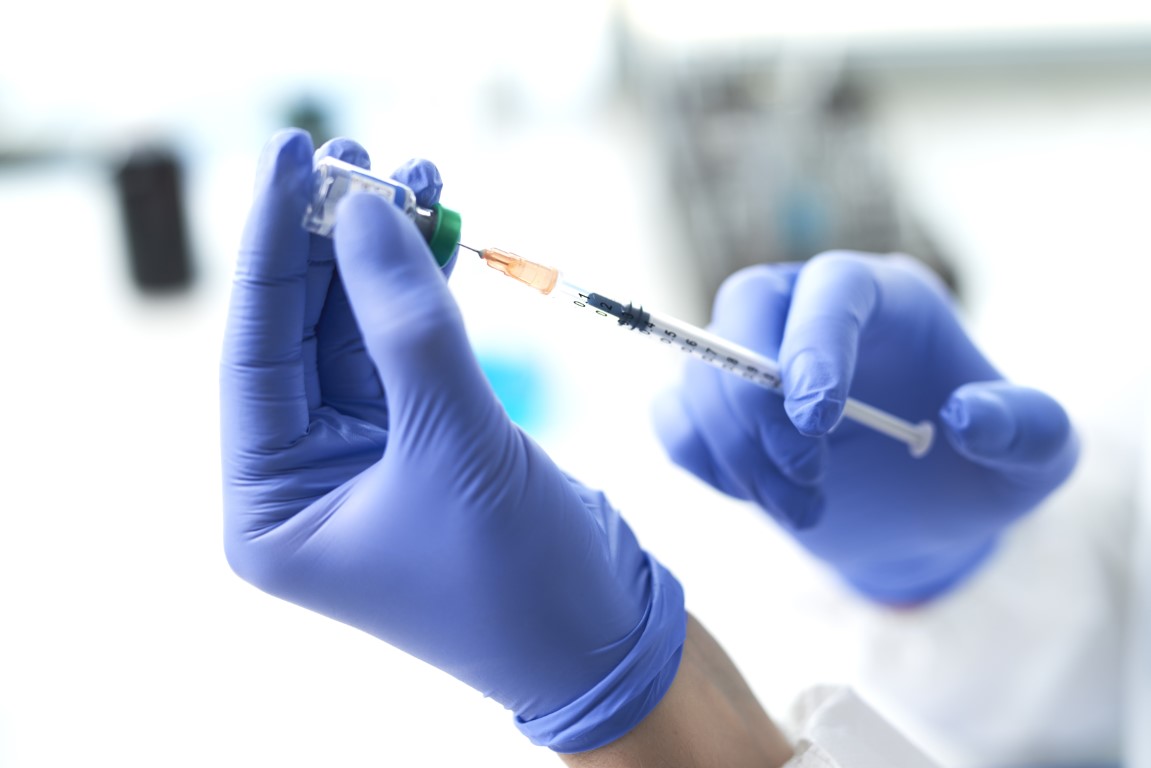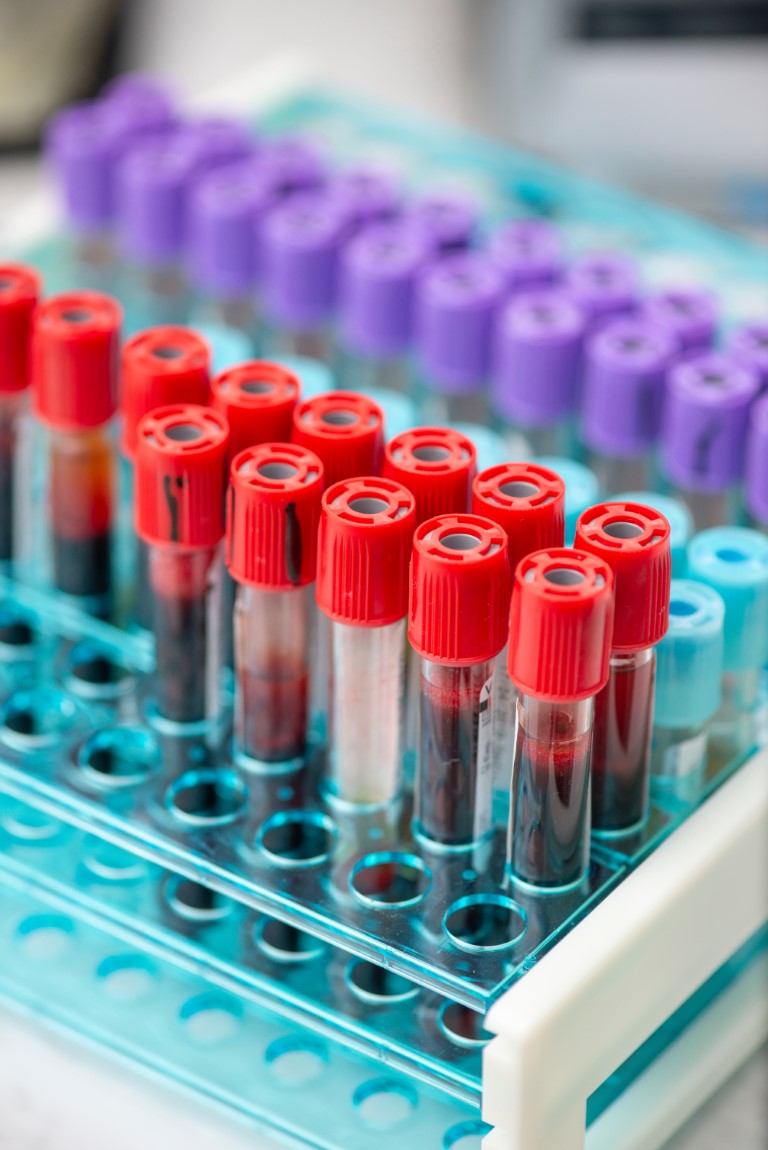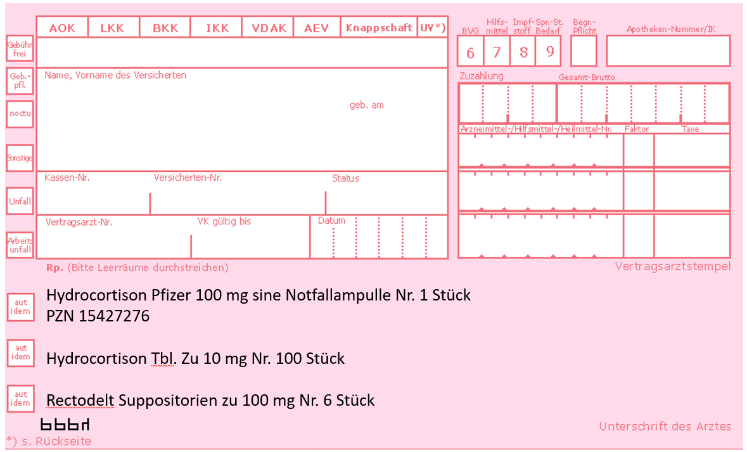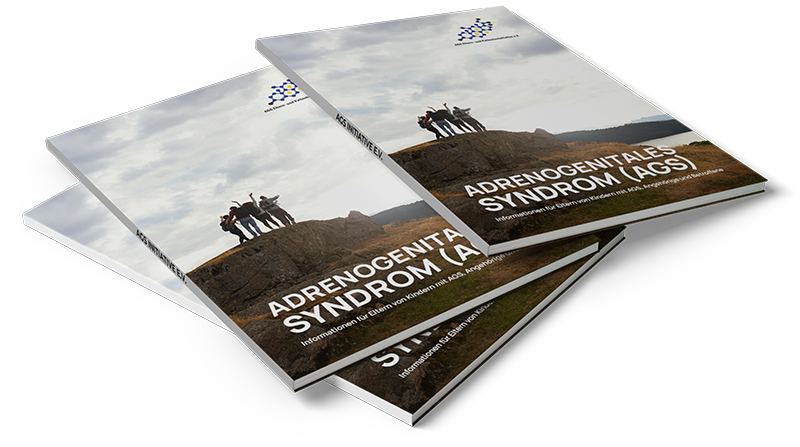Emergency management in Adrenogenital Syndrome (AGS)
In special risk situations such as fever, infections, or severe illnesses, an adrenal crisis may occur. To prevent this, timely intake of an increased hydrocortisone stress dose is crucial. Here you will find instructions on the dosage, administration, and adjustment of hydrocortisone, including tablets, suppositories, and emergency ampoules. In addition, guidelines for accidents and surgical procedures as well as the importance of an individual emergency kit are explained.
